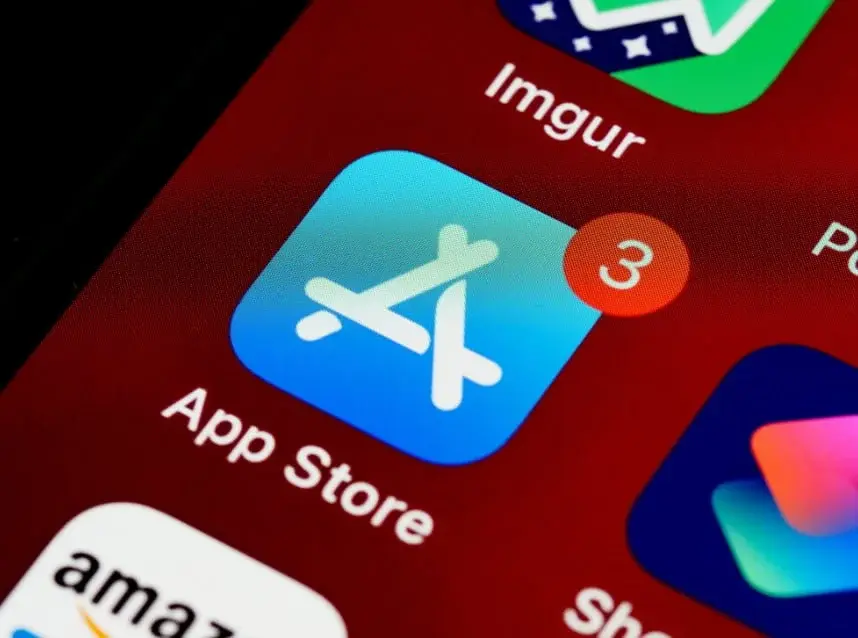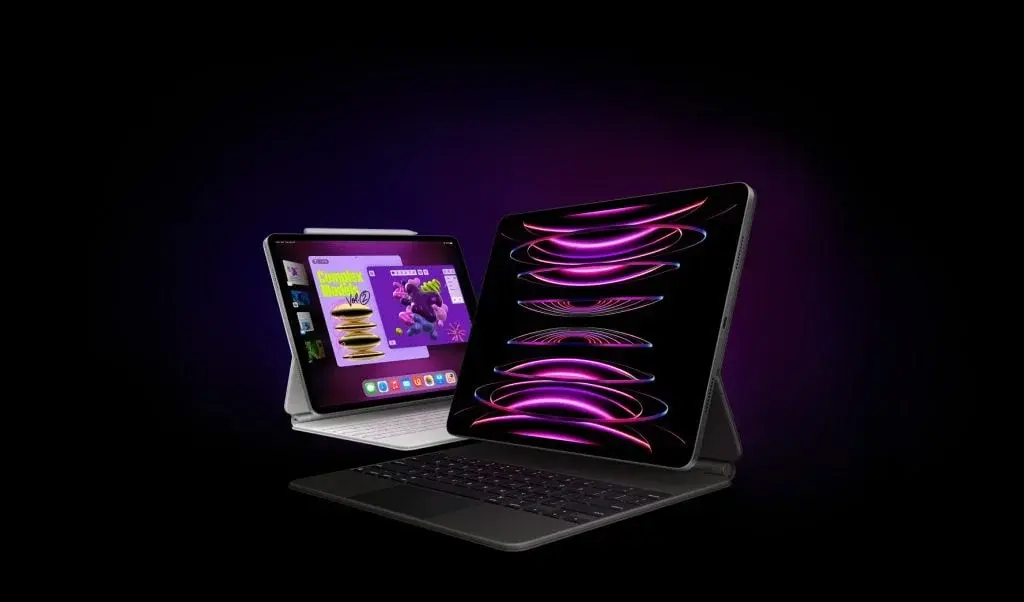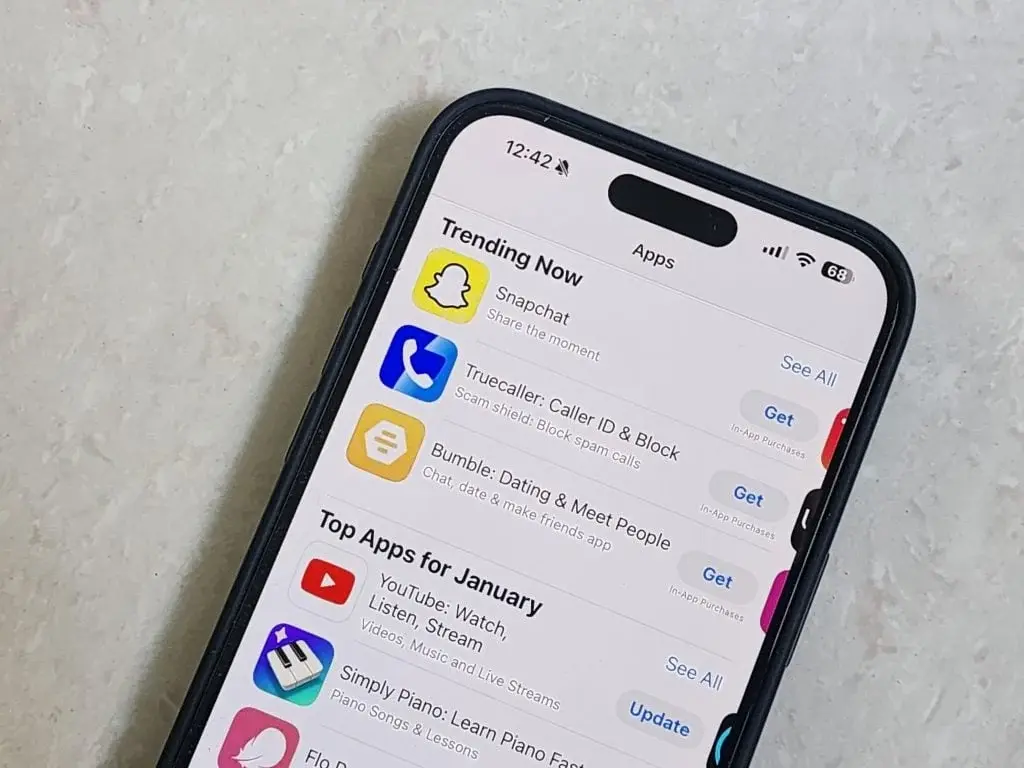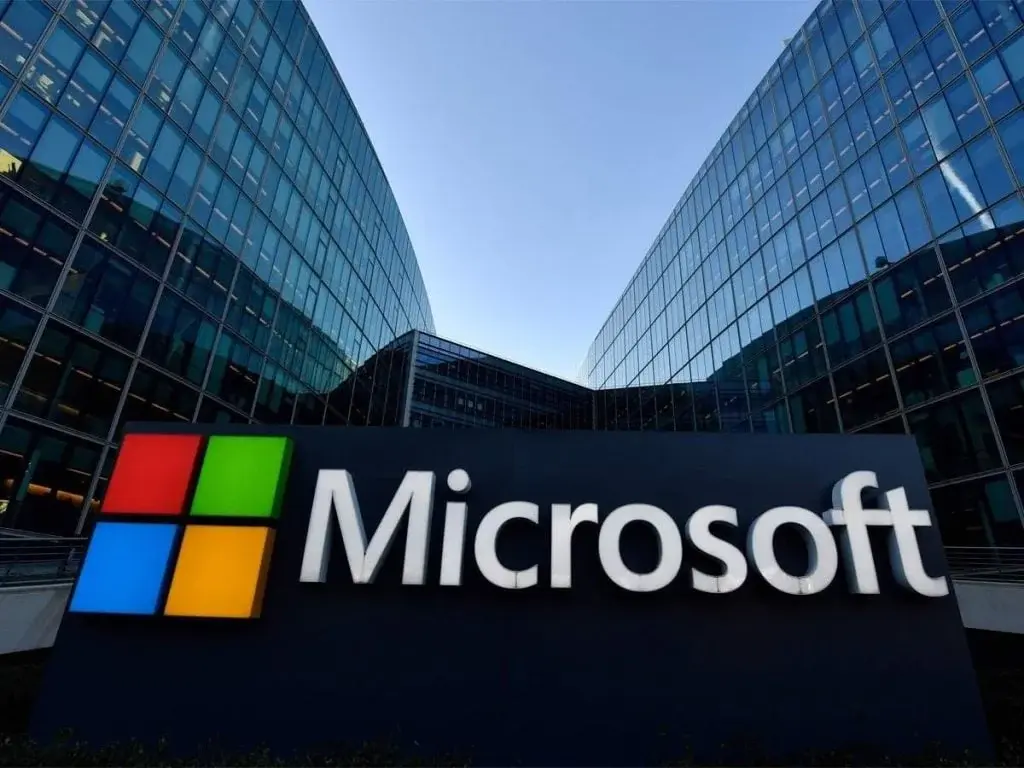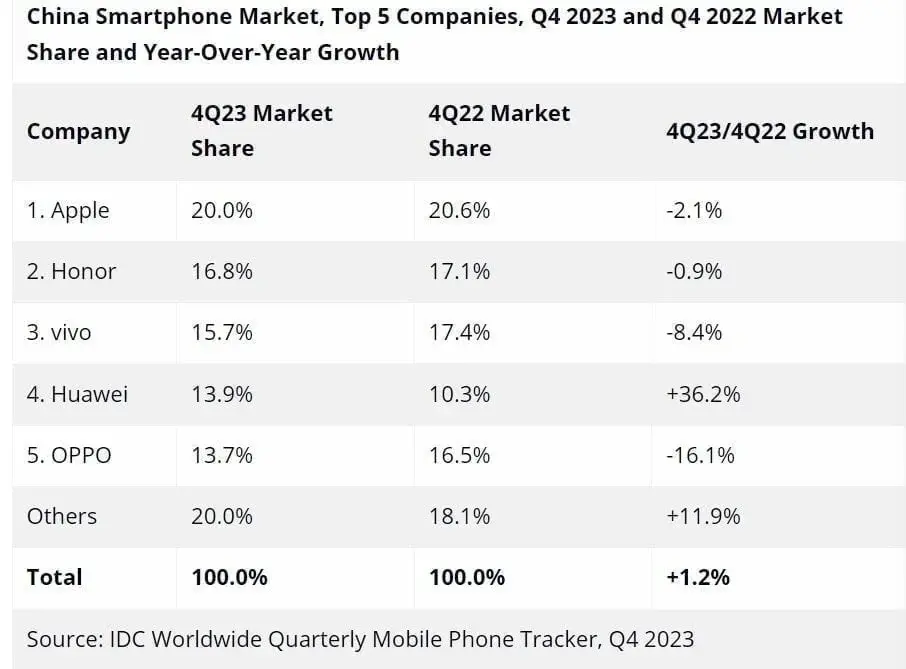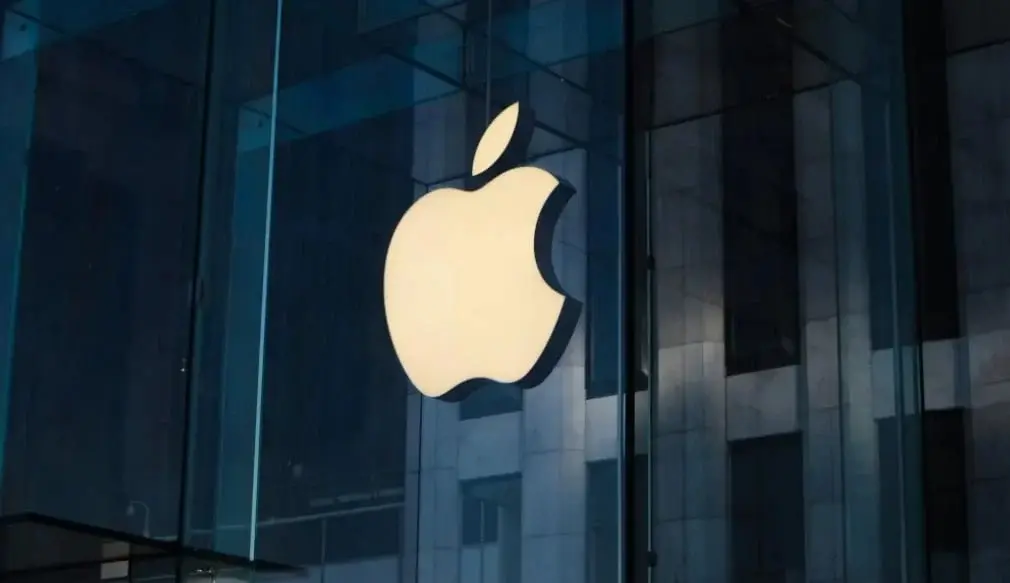Apple’s DJ Novotney Joins Rivian Automotive, Bringing His Expertise in Product Development and Engineering
Apple has recently experienced a shift in its leadership dynamics as DJ Novotney, a key figure behind the success of iconic Apple products like the iPhone and iPad, transitions to a new role at Rivian Automotive. Novotney, who has spent almost 25 years at Apple, played a crucial role in the development of devices such as the iPod and iPhone, as well as spearheading Apple’s efforts in the electric car industry. His decision to join Rivian as a senior vice-president of vehicle programs indicates a strategic pivot in his career, aligning with the growing momentum in the electric vehicle (EV) industry.
Rivian, known for its electric SUVs and pickup trucks, considers Novotney’s addition a significant boost. His expertise in product development and engineering will be instrumental as Rivian aims to establish a strong presence in the EV market, challenging established players like Tesla. Novotney will be leading product management at Rivian, underscoring his critical influence in shaping the future of EV technology.
Novotney’s Expertise in Sustainable Technology
This trend of experienced executives gravitating towards companies focused on sustainable technology is not new. As the world increasingly embraces eco-friendly transportation solutions, talents like Novotney are finding new places to apply their skills and drive innovation.
Transition for Apple, New Chapter for Rivian
Novotney’s departure is part of a series of high-profile exits at Apple, signaling a phase of transition for the tech giant. However, Apple’s history of resilience and its culture of innovation suggest that the company is well-equipped to navigate these changes. On the other hand, Novotney’s arrival at Rivian marks a new chapter for the company, potentially accelerating its journey in the competitive and rapidly evolving world of electric vehicles.
With Novotney’s extensive experience in product development and engineering, Rivian is poised to make significant strides in the EV market. As the demand for electric vehicles continues to grow, Rivian’s focus on innovation and its partnership with Novotney position the company as a strong contender in the industry.



